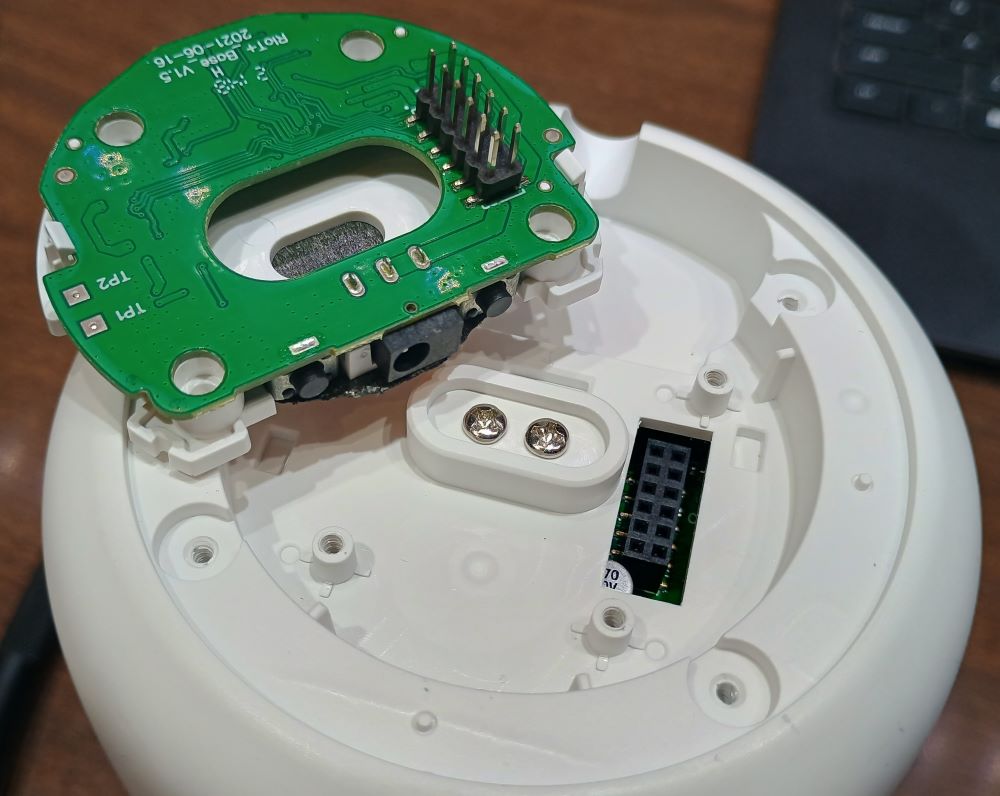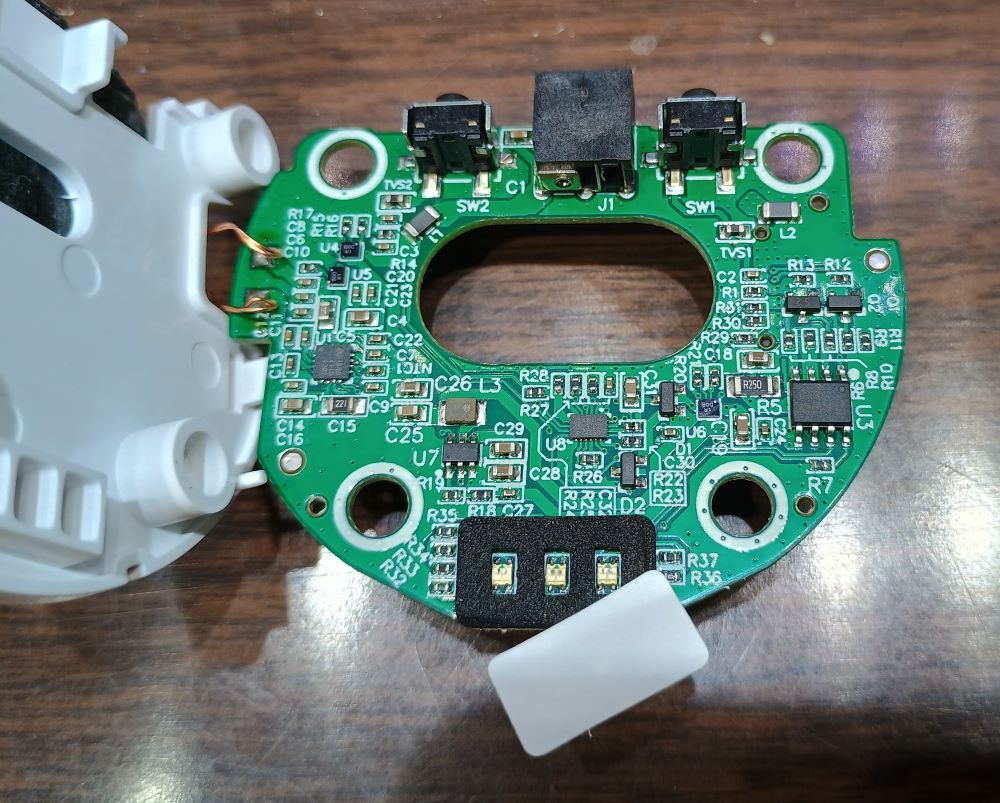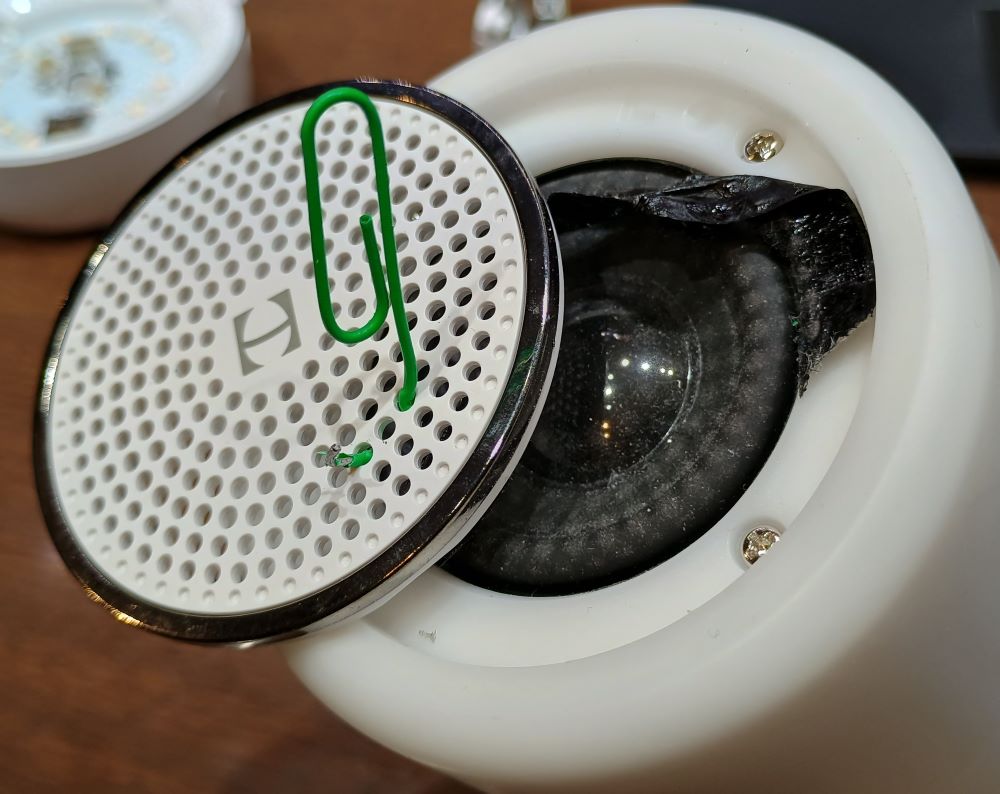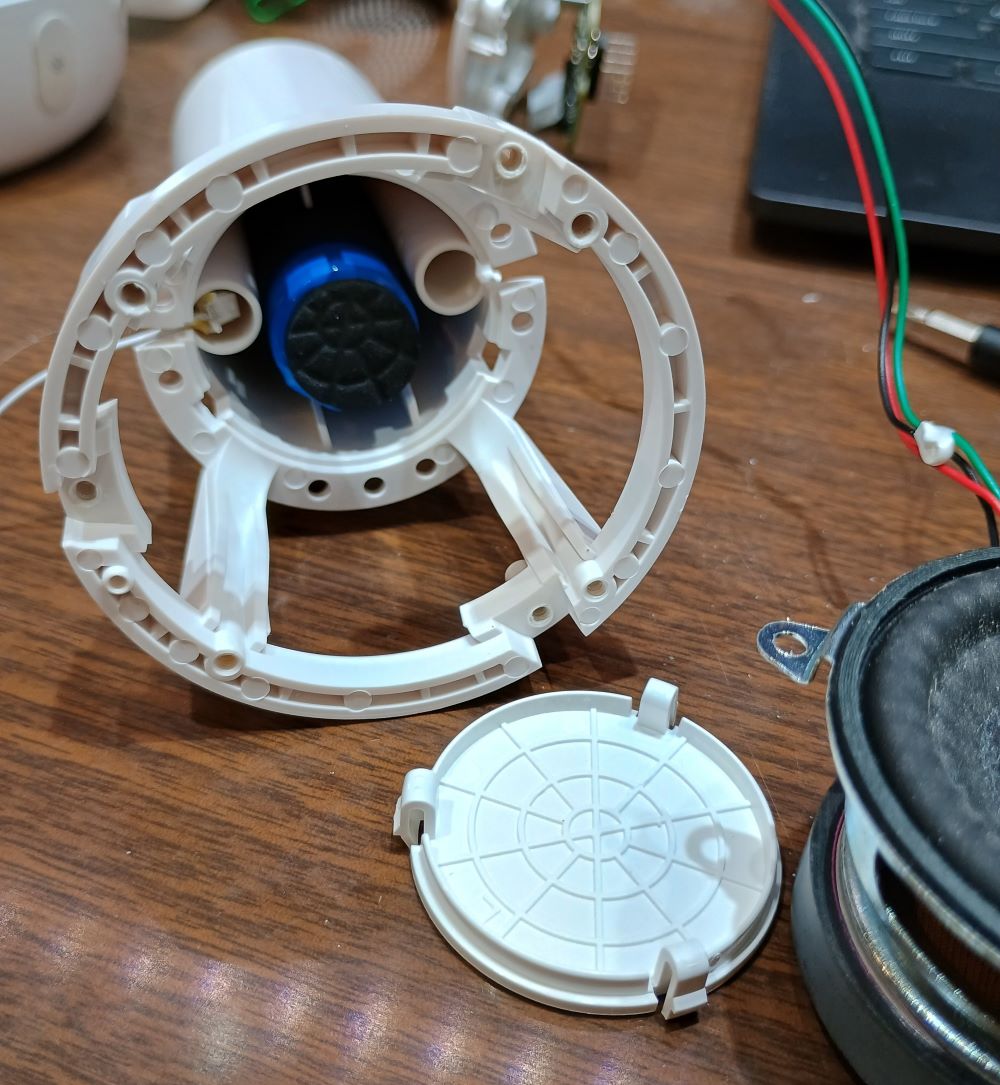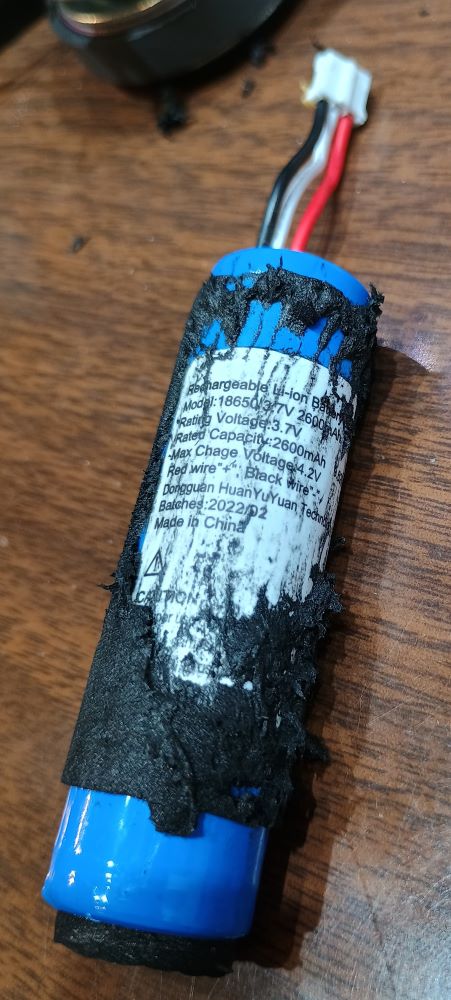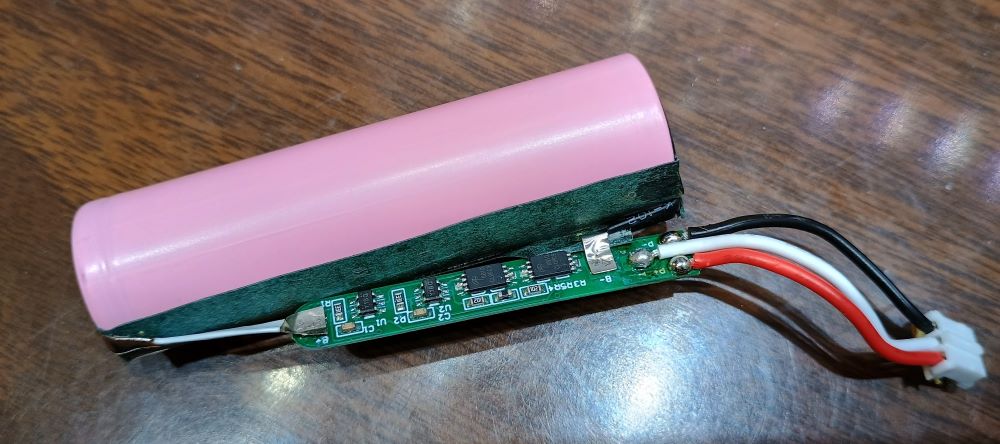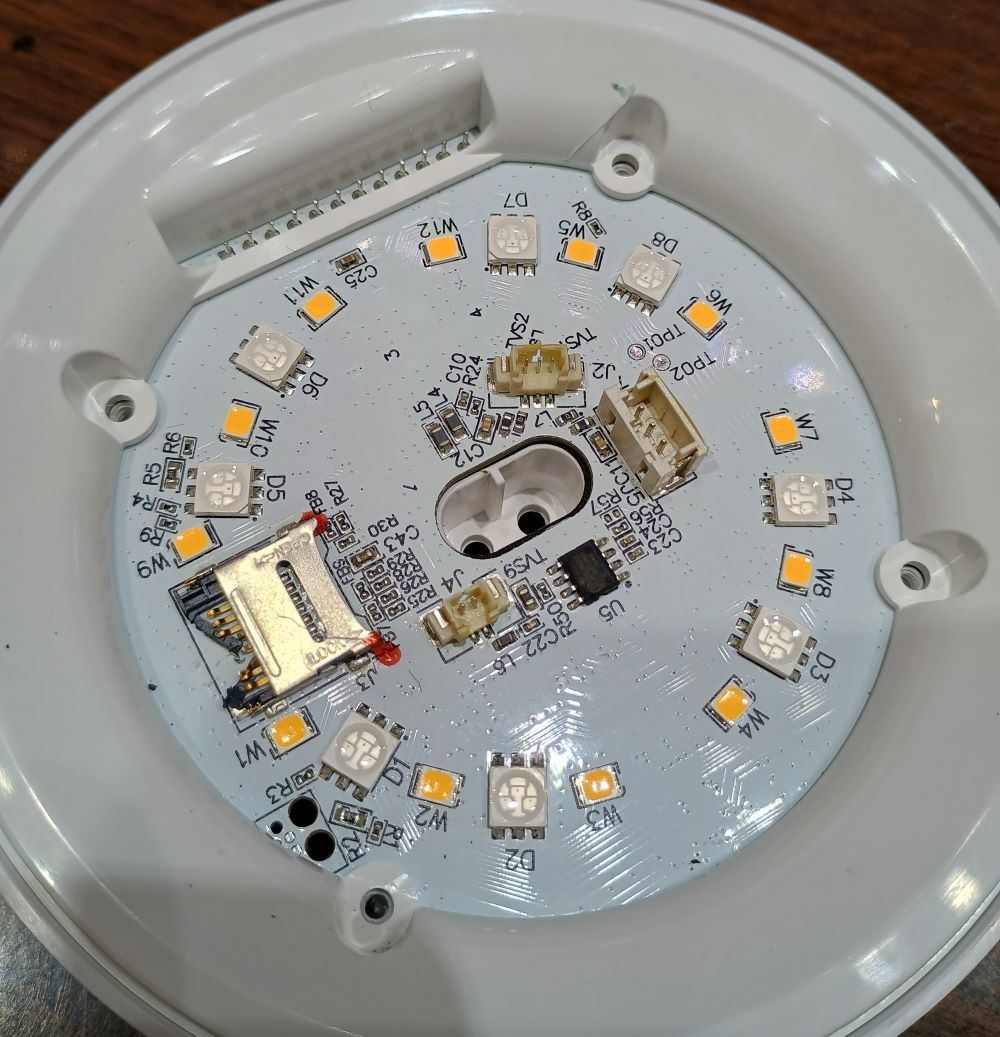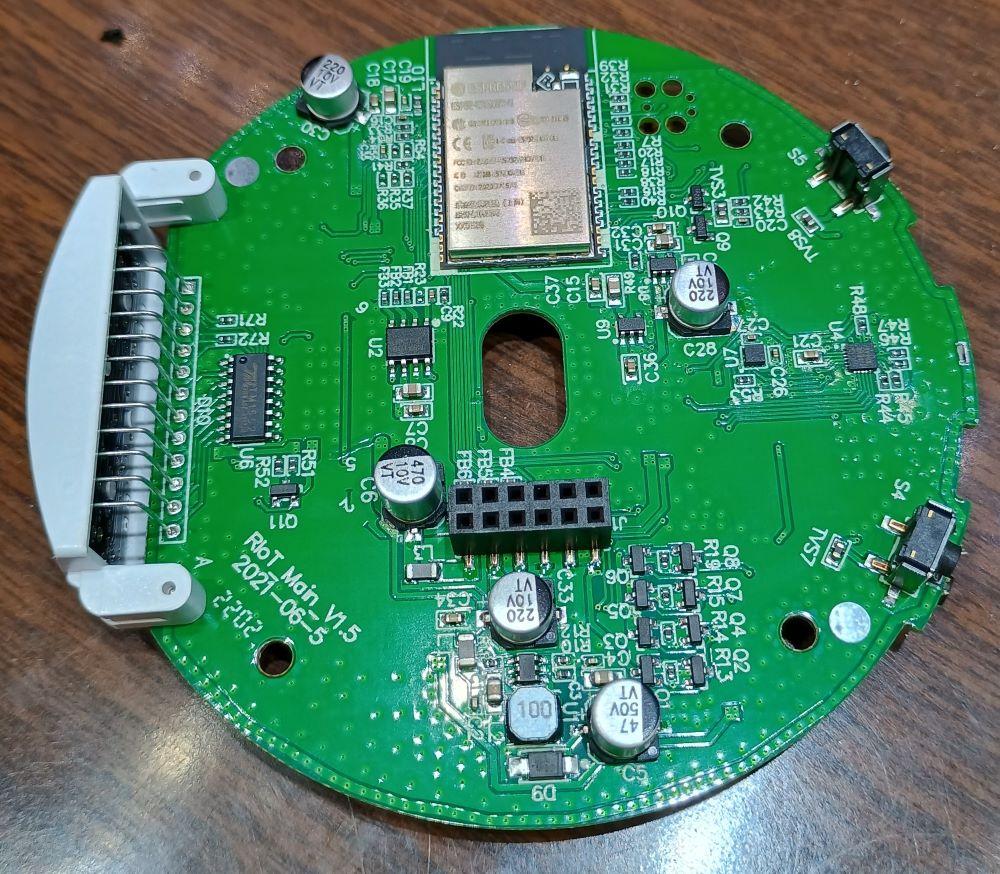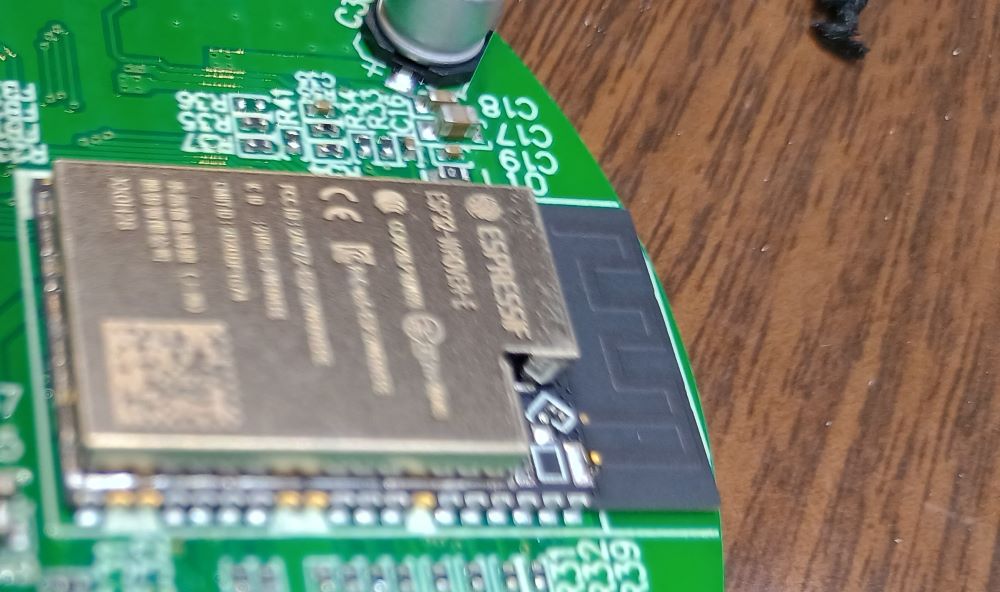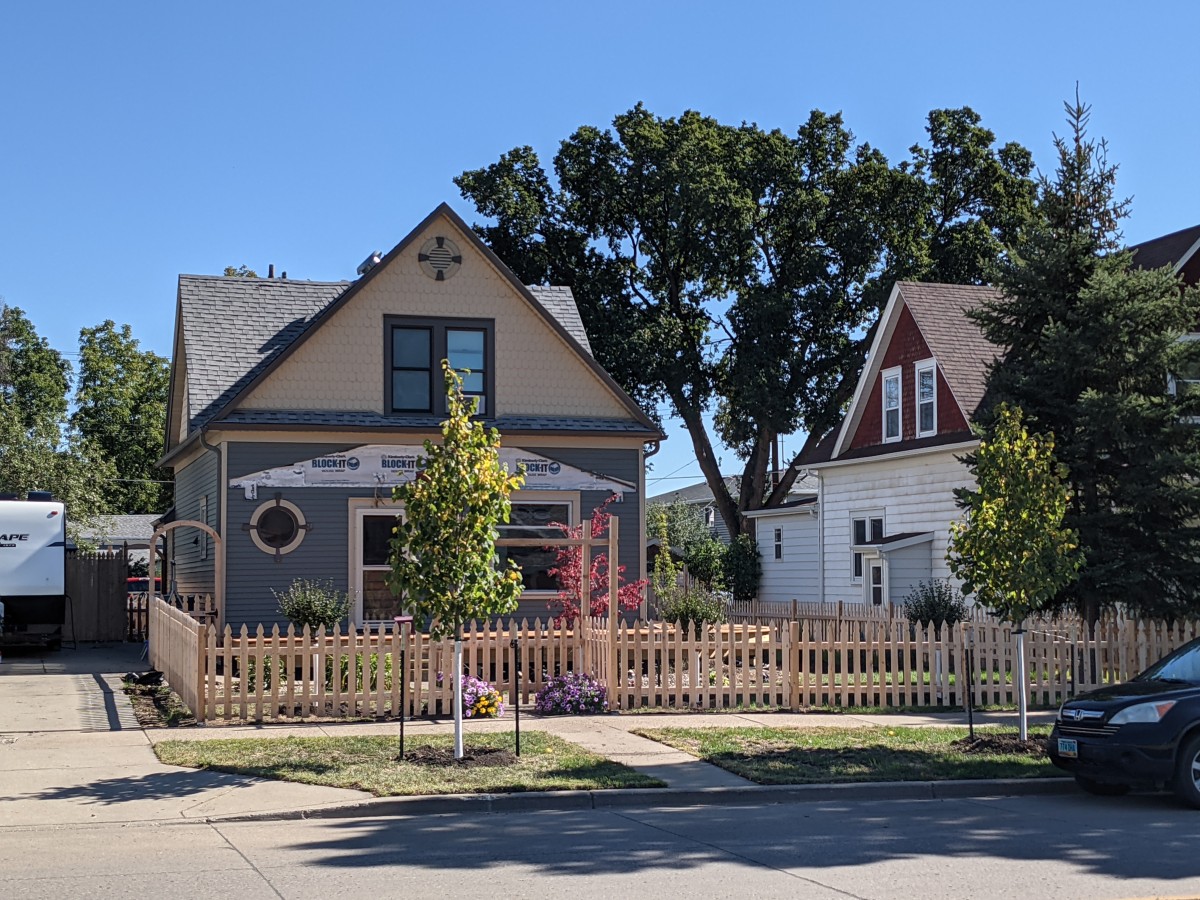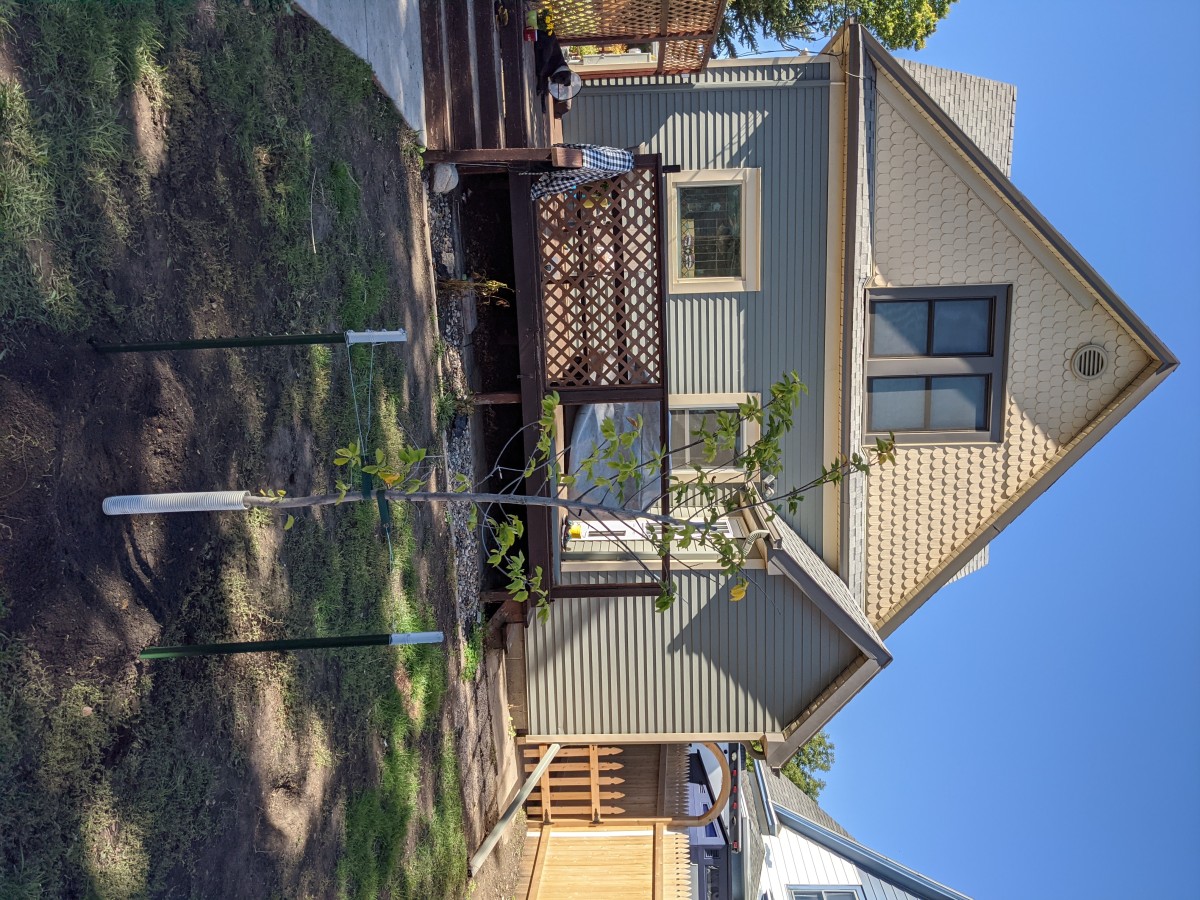I recently purchased a used SuperMicro SuperServer E300-9A-4C because I had come upon a bunch of 64GB ECC RDIMM sticks from the e-waste pile and supposedly it could handle four of them. This makes for a power efficient way to get 256GB of RAM in a homelab node, although it is a bit weak on CPU at 4 cores. I would have preferred a SYS-5019A-FTN4 with 8 cores but couldn't find used ones for sale.
The used server from eBay of course did not come with a power supply so I had to order one and wait a while. Finally that arrived so I stuffed in 4x Samsung M393A8G40AB2CWE sticks and booted up the Proxmox installer. After a very long wait for memory training or something, it would get to the first screen where I could choose graphical or terminal install. And then after choosing either one I would get the "Loading initial ramdisk" message and then it would freeze at a black screen.
Eventually I found some errors in the IPMI's Server Health Log.
Uncorrectable ECC @ DIMMB2 - AssertionSometimes it would be DIMMB1 too. I swapped out both B1 and B2 and still had the same issues. Then I ran the memtest86 program via the Proxmox installer's Advanced Options and sure enough it failed after less than a minute, right at the 130GB mark.
I swapped out for 4x 32GB SK Hynix HMA84GR7MFR4N-TF sticks and the memtest ran for a while. Next I tried the Proxmox installer and that ran as expected too.
So 128GB of RAM in the system is good enough for me that I don't want to sink hours more into figuring out why the larger ones aren't working. This has to be a very rare configuration for such a small server with low CPU power, so it wouldn't surprise me if there are hardware limitations. Or I am simply not looking carefully at module speeds, timings, etc.
